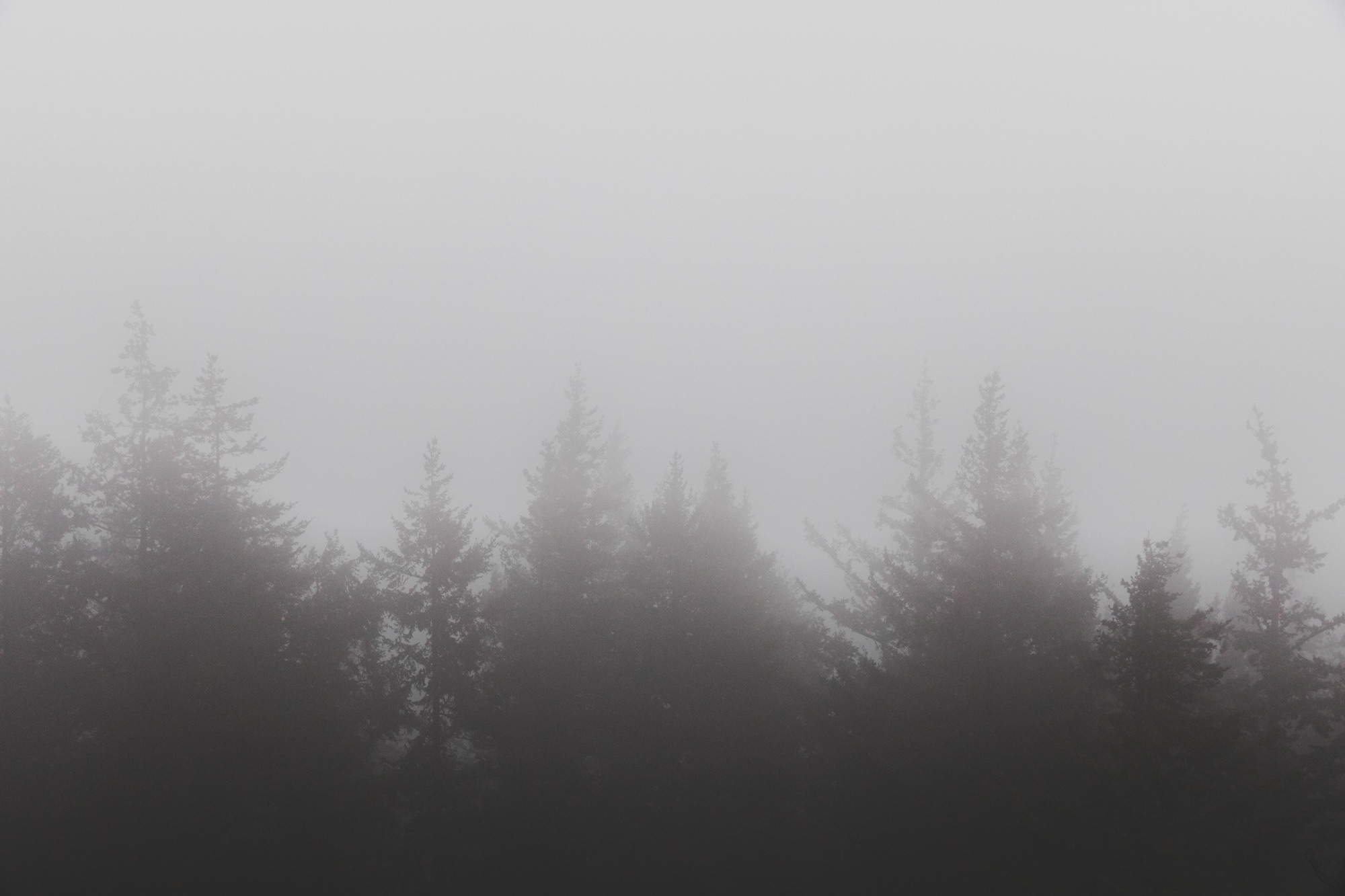Some national parks can begin using their entrance fee funds in order to pay for maintenance, the National Park Service (NPS) announced this weekend in an attempt to keep our national parks clean and actively managed during the partial government shutdown. Still, many logistical questions remain.
“The NPS currently has funds derived from entrance, camping, parking and other fees collected from park visitors that would typically be used for future projects at parks,” P. Daniel Smith, deputy director of the NPS, said in a statement. “After consultation with the Office of the Solicitor at the Department of the Interior, it has been determined that these funds can and should be used to provide immediate assistance and services to highly visited parks during the lapse in appropriations.”
According to the NPCA, a third of national park sites are completely closed due to the government shutdown, which recently surpassed two weeks in length. The other two-thirds of parks remain partially open with limited access and staffing. More than 21,000 of NPS employees have been placed on furlough, leaving about 3,000 “essential employees” to handle NPS operations. Despite the lack of staff, the public continues to use the national parks and other federal lands where they can and, sometimes, where they shouldn’t.
The Interior Department’s acting secretary, David Bernhardt, signed the revised contingency plan into action on Saturday. The plan allows park managers to use entrance fees to pay for staffing on expanded and urgent operations. However, the logistics are still being worked out. And the decision is not without its critics, who argue that legally, entrance fees must be spent on in-park development and education projects, rather than routine maintenance.
“At this point, we are unable to speculate or provide information on which parks will be affected by the revised contingency plan,” Mike Litterst, acting chief spokesperson and chief of public affairs for the NPS, said in an email to the Co-op Journal. “Parks are currently identifying their available balances of recreational fee funds; determining their immediate maintenance, health, and safety needs; and figuring out the staff and resources needed to address those needs.”
The plan will only affect some national parks: Currently, only 115 of the National Park Service’s 418 units collect entrance fees. (The list includes many of the nation’s most popular parks, like Mount Rainier National Park, Glacier National Park and Acadia National Park.) According to Litterst, the 303 park units that do not collect fees and have been accessible during the shutdown might also be eligible to receive government funding to address maintenance, health or safety issues. He was not able to provide information regarding how this funding eligibility will be determined, or where the funding will come from.
In the meantime, parks are continuing to feel the effects. Late Wednesday, Joshua Tree National Park announced in a tweet that it would close temporarily “to address sanitation, safety and resource protection issues in the park that have arisen during the lapse in appropriations.” A statement released by the park cited the destruction of Joshua trees and the creation of new roads by motorists as contributing factors. In the coming days, park officials plan to restore access to the park with limited basic services.
On Wednesday, Cabrillo National Monument in San Diego closed “for the safety of park visitors and natural resources.” The national monument is currently reviewing the updated contingency plan and determining next steps. Washington’s Rainier National Park remains open, but with limited access. On Sunday, the park closed the Nisqually entrance near Ashford, citing a winter weather advisory and significant snow accumulations in the park. The road to Paradise, a popular destination, remains closed. On Sunday, the park reminded recreationists “there is no publicly available parking outside the park gates and no areas are being maintained for safe public snow play inside the park.”
In the past, government shutdowns led to system-wide gate and facility closures in the national parks, at least where possible, according to the Washington Post. This time around, the NPS has chosen to keep some parks open with a skeleton staff, which has led to criticism about short-term safety issues and the accumulation of waste, as well as the long-term impact that unmanaged use could have on public lands.
“Entrance fees are supposed to be used to enhance the visitor experience or to open campgrounds. They are not supposed to be used for operations,” said Amy Roberts, executive director of the Outdoor Industry Association. “While [this solution] is looking to address a short term crisis, there’s already a $12 billion maintenance backlog and this [extended shutdown] exacerbates it.”
The shutdown has caused notable problems in parks across the country: Garbage cans are overflowing at Lands End – Golden Gate National Recreation Area and the San Francisco Maritime National Historical Park, SFGate reported, and bathrooms, if they’re open at all, have become foul. There have also been reports of increased vandalism in national parks, and of people parking and camping beyond designated areas. The Washington Post reported that seven deaths have been confirmed in the national parks since the start of the shutdown, too, including one in Yosemite.
While many national parks are still open, the industries around them, in particular guide services, hotels and restaurants, are also experiencing financial setbacks due to fewer visitors, according to the NPCA.
“There are so many rural communities that benefit from visitation to the parks,” Roberts said. “Those communities are definitely suffering. They are very dependent economically on outdoor recreation and the parks.”
As the shutdown continues, Roberts suggests that outdoor enthusiasts hold themselves and others accountable while visiting the national parks. “Observe the park rules even if there is no one there to police your behavior,” she said. “Stay in designated campsites, hike on established trails and pack out your garbage and waste.”
Related articles:


